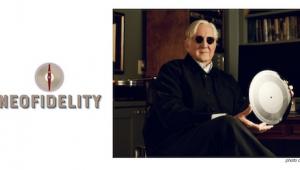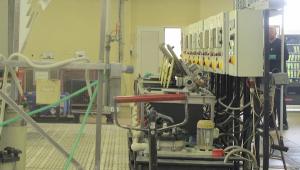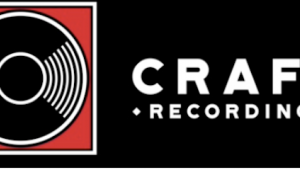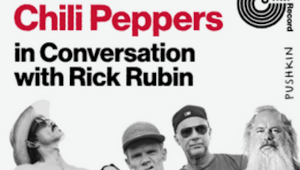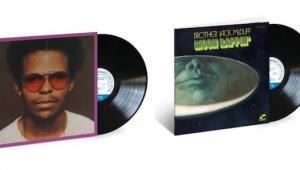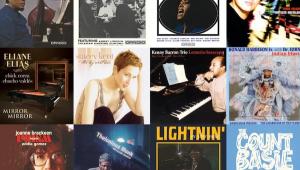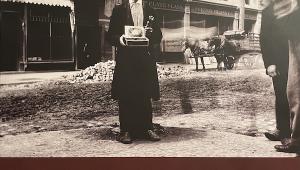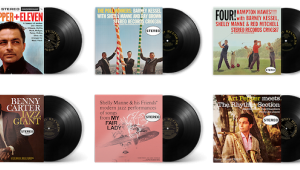"Feel Flow" - The Sunflower & Surf's Up Sessions 1969-1971," Box Due July 30
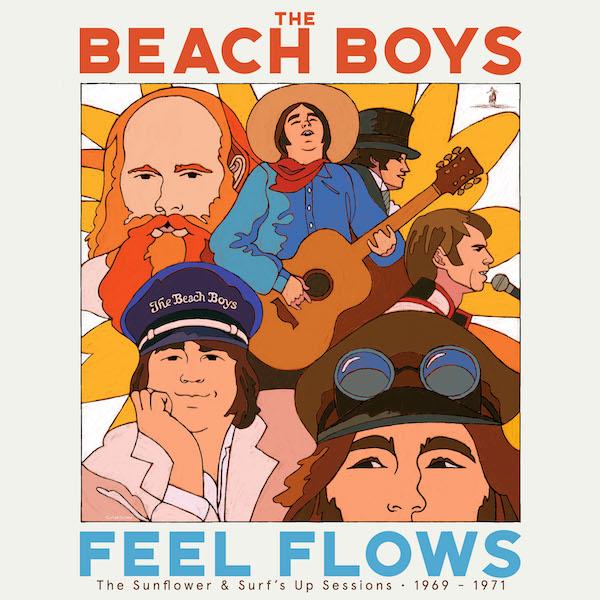
"Feel Flows" will also be released in abbreviated versions including 4LP on both black vinyl and limited edition Translucent Blue and Translucent Gold color vinyl, 2LP black vinyl and 2CD editions. Fans of Sunflower know that the album was recorded in true stereo not pan-potted mono. The original Artisan Sound mastered LP sounds swell!
Housed in a book style package, the set is rounded out with a 48-page book loaded with unreleased and rare photos, lyric sheets, tape box images, recording artifacts, insightful new liner notes by noted radio veteran and Beach Boys aficionado Howie Edelson, and new and archival interviews from Al Jardine, Brian Wilson, Bruce Johnston, Carl Wilson, Dennis Wilson, Mike Love, and others.
The unreleased gem, “Big Sur"originally recorded for Surf’s Up, unreleased for more than five decades i now available for streaming. The Spotify stream has already been played more than 400,000 times. It sounds awful. Hopefully the "real thing" will sound better?




